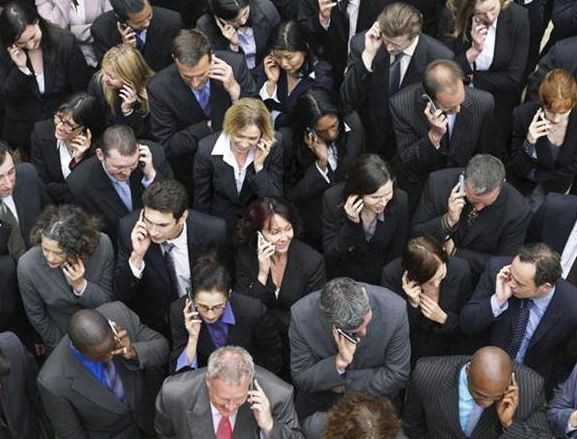Concerned scientists from 39 nations said wireless technology and electromagnetic fields (EMF) in digital devices such as mobile phones have become a widespread threat to human health. They've requested an urgent review of the current guidelines governing this growing radiation threat.
In their "International EMF Scientist Appeal", 119 scientists asked the World Health Organization (WHO) and the United Nations to adopt more protective exposure guidelines for EMFs and wireless technology in the face of increasing evidence of risk.
It asks the Secretary General and UN affiliated bodies "to encourage precautionary measures; to limit EMF exposures and to educate the public about health risks, particularly to children and pregnant women".
Of special concern to these scientists is the EMF and wireless radiation danger posed by mobile phones, tablets and laptops.
EMF is a type of radiation that takes the form of waves. Strong, artificial EMFs can enter a person's body and interfere with biological processes regulated by bioelectrical signals. EMFs can skew sleep cycles; increase stress levels and might even affect a person's DNA.
The scientists made the appeal after filing over 2,000 peer-reviewed scientific papers on the biological and health effects of non-ionizing radiation on human bodies. They said EMF emissions constitute a widespread threat to human health and has also become a significant environmental pollutant worldwide.
The appeal, addressed to WHO Director General Dr. Margaret Chan and UN Secretary General Ban Ki-moon, asks both organizations to boost precautionary actions to reduce EMF exposure and to inform the worldwide public about the health risks of EMF radiation, especially to pregnant women and children.
It highlights WHO's conflicting positions about EMF risk. WHO's International Agency for Research on Cancer classified Radiofrequency radiation as a Group 2B "Possible Carcinogen" in 2011, and Extremely Low Frequency fields in 2001.
"Nonetheless, WHO continues to ignore its own agency's recommendations and favors guidelines recommended by the International Commission on Non-Ionizing Radiation Protection (ICNIRP). These guidelines, developed by a self-selected group of industry insiders, have long been criticized as non-protective", wrote the scientists in a statement.
It also calls on the UN to strengthen its advisories on EMF risk for humans and to assess the potential impact on wildlife and other living organisms under the auspices of the UN Environmental Program in line with the science demonstrating risk, thereby resolving this inconsistency.
"International exposure guidelines for electromagnetic fields must be strengthened to reflect the reality of their impact on our bodies, especially on our DNA. The time to deal with the harmful biological and health effects is long overdue. We must reduce exposure by establishing more protective guidelines", said Dr. Martin Blank, PhD, of Columbia University, one of the leaders of the effort.
There were an estimated 4.55 billion mobile phones (including smartphones) worldwide in 2014. Of this total, 1.75 billion were smartphones that connect to the internet.



























